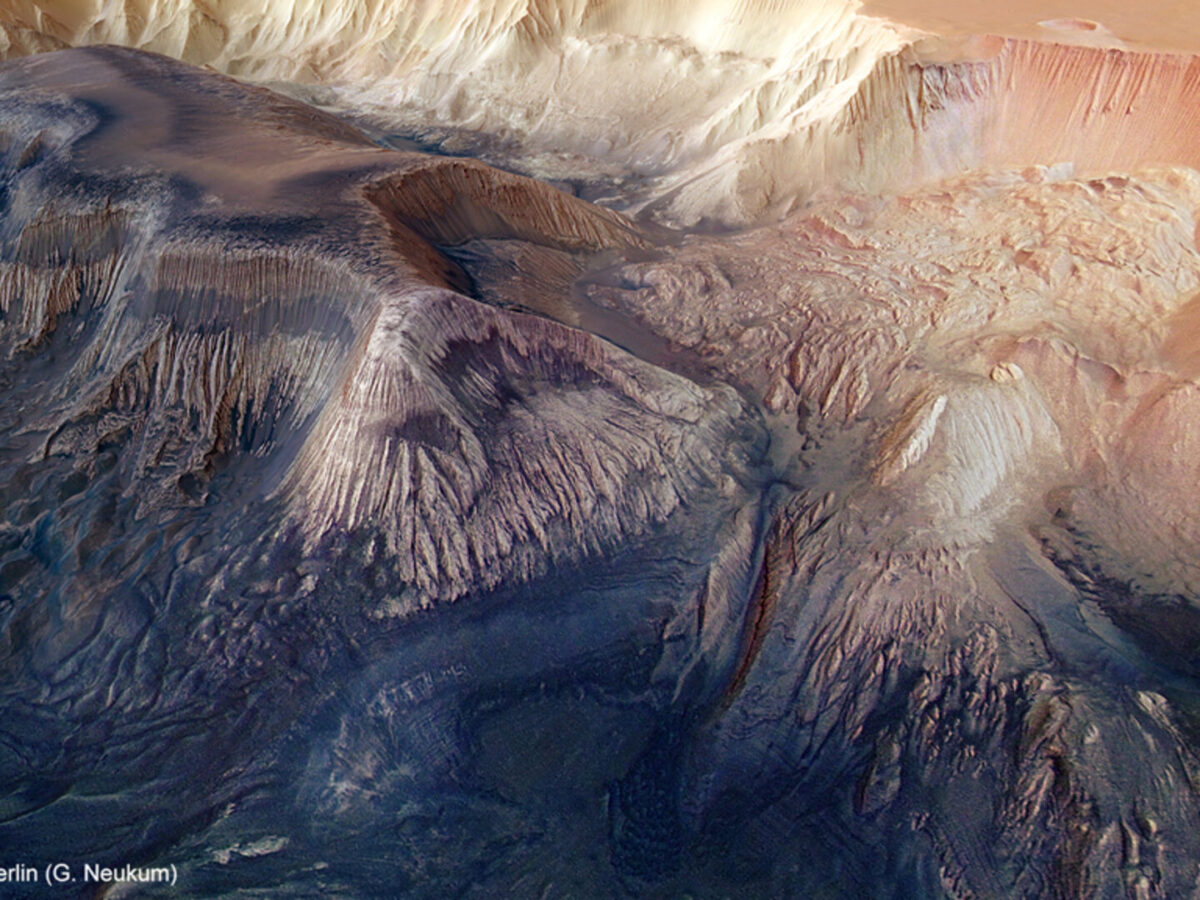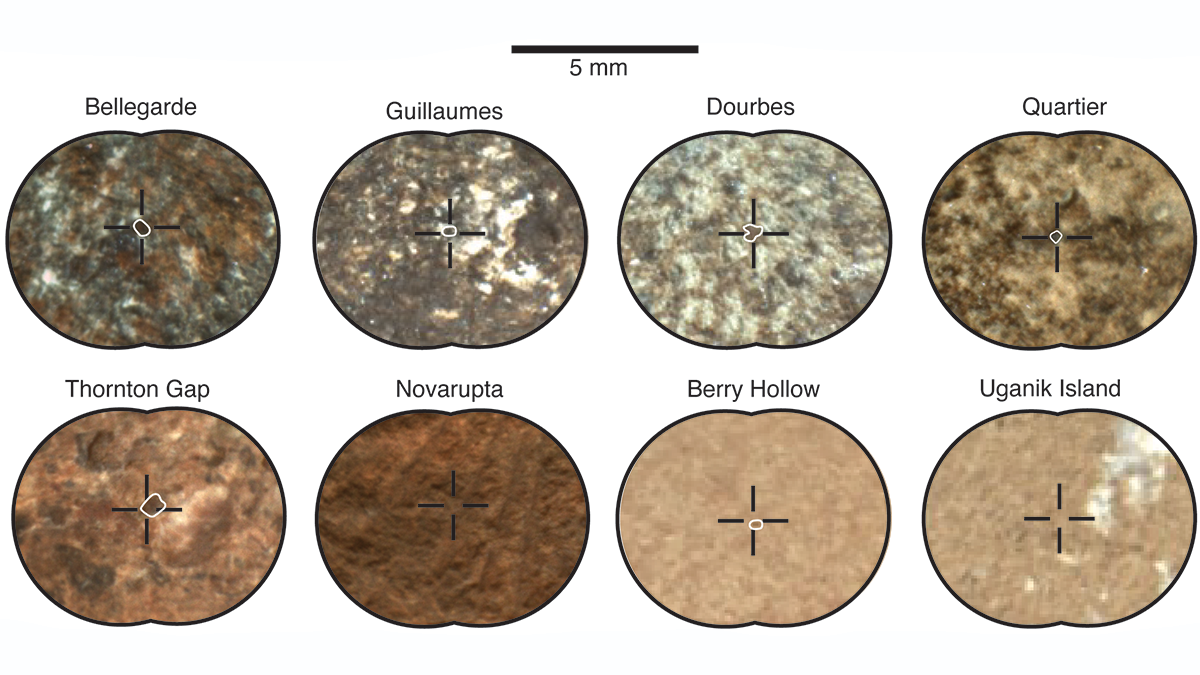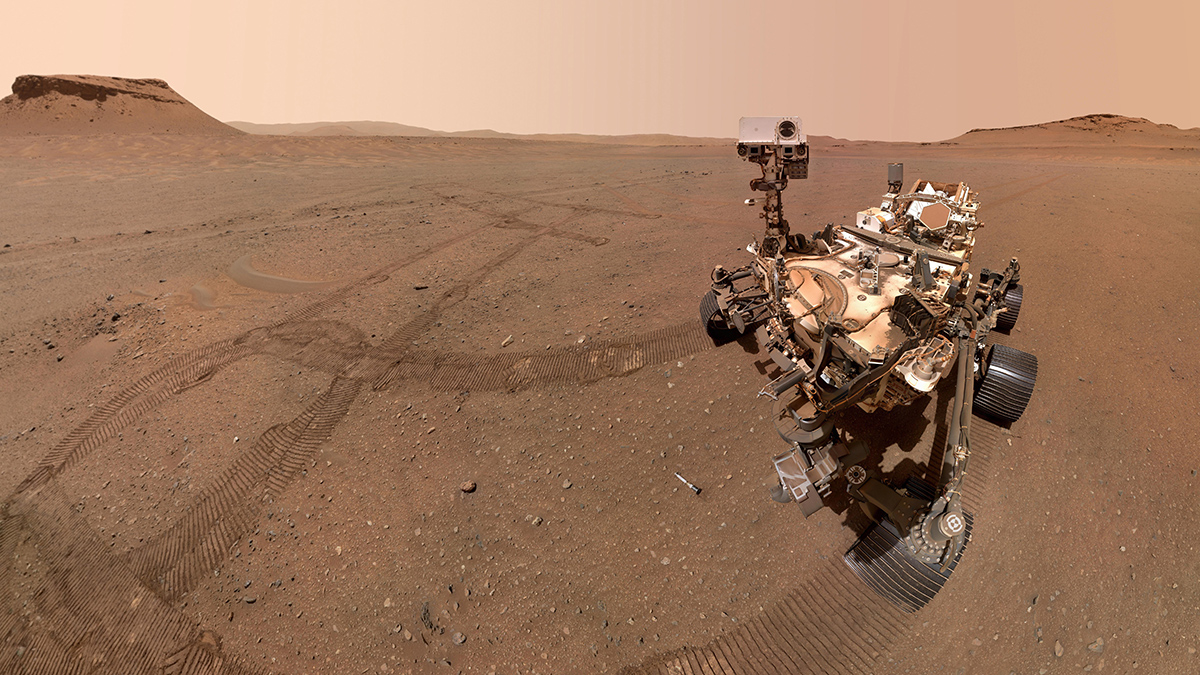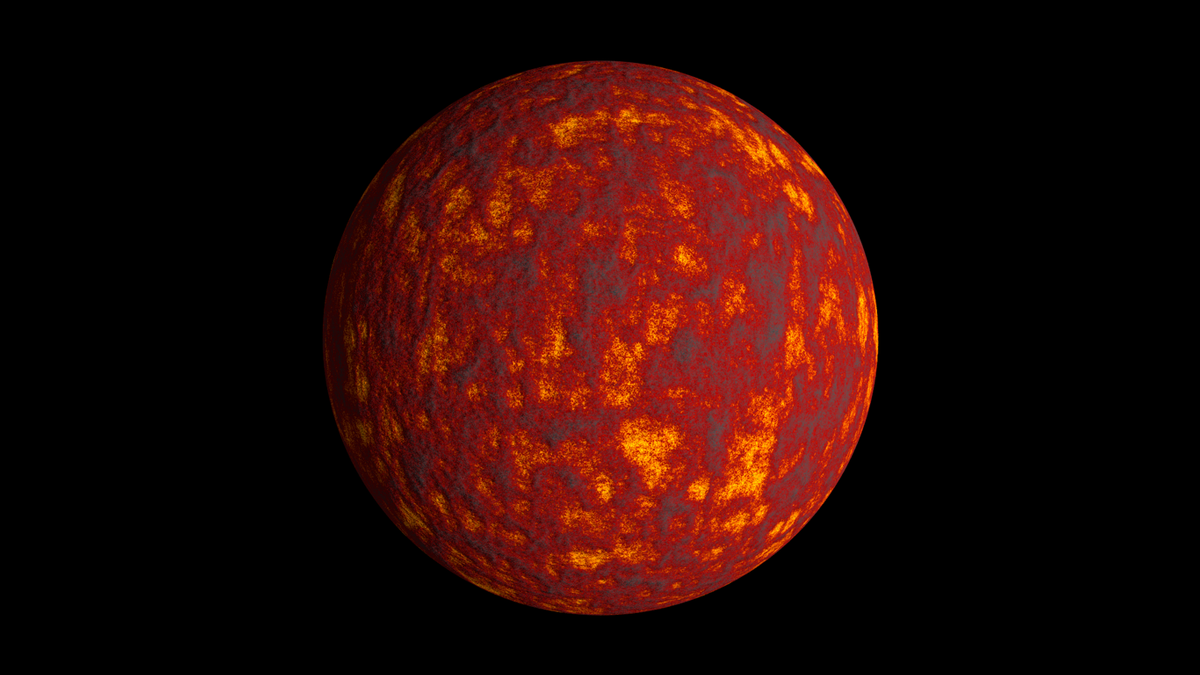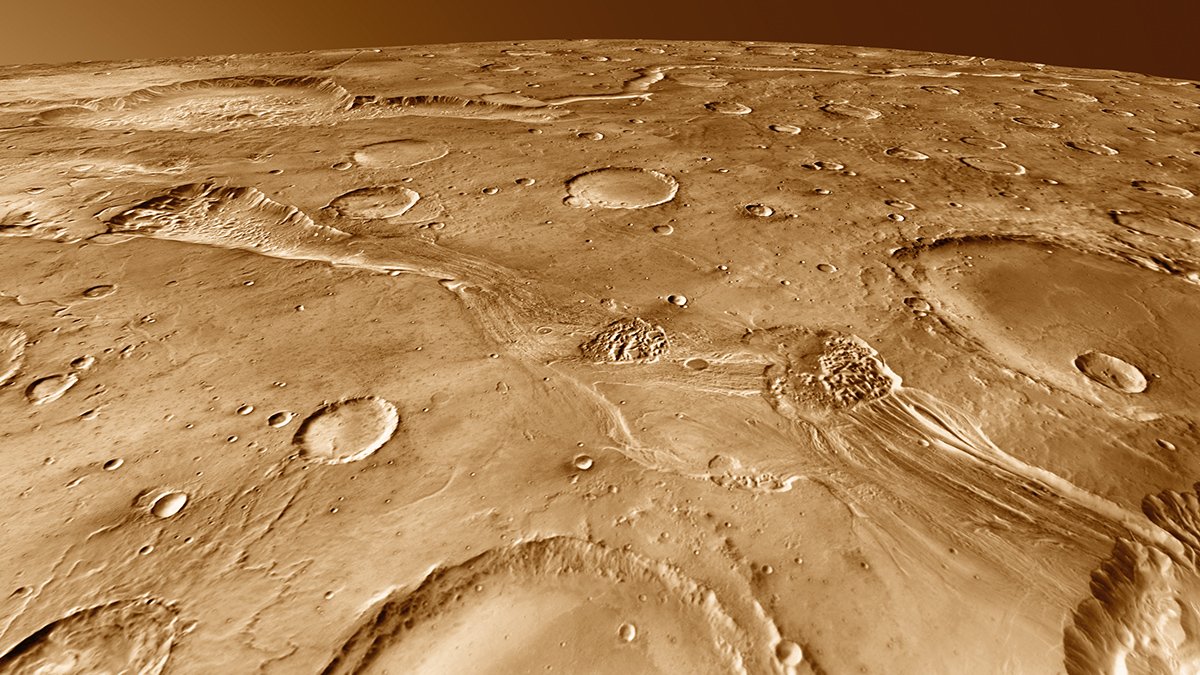The Landslide Blog is written by Dave Petley, who is widely recognized as a world leader in the study and management of landslides. I rarely write about landslides on other planetary bodies, primarily because this is outside of my comfort zone. However, the European Space Agency (ESA) image below popped up on my feed this […]
Mars
Mars and Earth: A Tale of Two Energy Budgets
The first view of Mars’ latitudinal radiant energy budget reveals stark contrast with Earth’s energy distribution, offering new insights into each planet’s unique energy dynamics.
Martian Meteorite Points to Ancient Hydrothermal Activity
The Red Planet had water—in the form of a hydrothermal system—4.45 billion years ago, new analyses of a Martian meteorite suggest.
The Future of Martian Paleomagnetism
Samples collected by the Perseverance Rover have great potential for providing insights into the history of Mars’ magnetic field.
How an Ocean-Sized Lake May Have Formed on Ancient Mars
The catastrophic collapse of Mars’s atmosphere may have melted its polar ice cap, creating an ice-covered southern sea.
El pasado, presente y futuro de traer muestras extraterrestres
La obtención de muestras de cuerpos distantes del sistema solar ha revolucionado nuestra comprensión del cosmos y del lugar que ocupamos en él.
How Did Magma Oceans Evolve on Early Earth and Mars?
New insights into the early timelines of rocky planets are emerging, thanks to clues from iron chemistry and primordial atmospheres.
These Five Craters May Have Birthed a Third of Martian Meteorites
Researchers have homed in on five craters on the Red Planet that are the likely sources of Martian meteorites.
Parts of Mars Might Be Younger Than We Thought
Data from InSight’s seismometer suggest more impactors strike the Red Planet than expected.
Curiosity Digs Up Evidence of a Cold, Wet Martian Past
Amorphous materials, which are rarely studied on Earth, yield insights into the history of Gale Crater and the early Martian environment.

